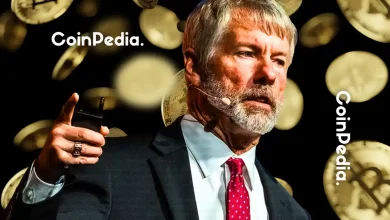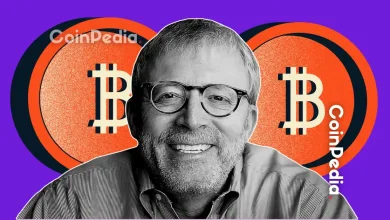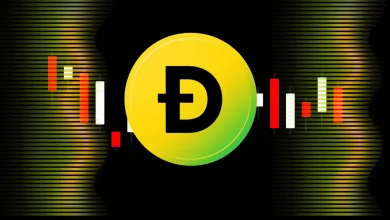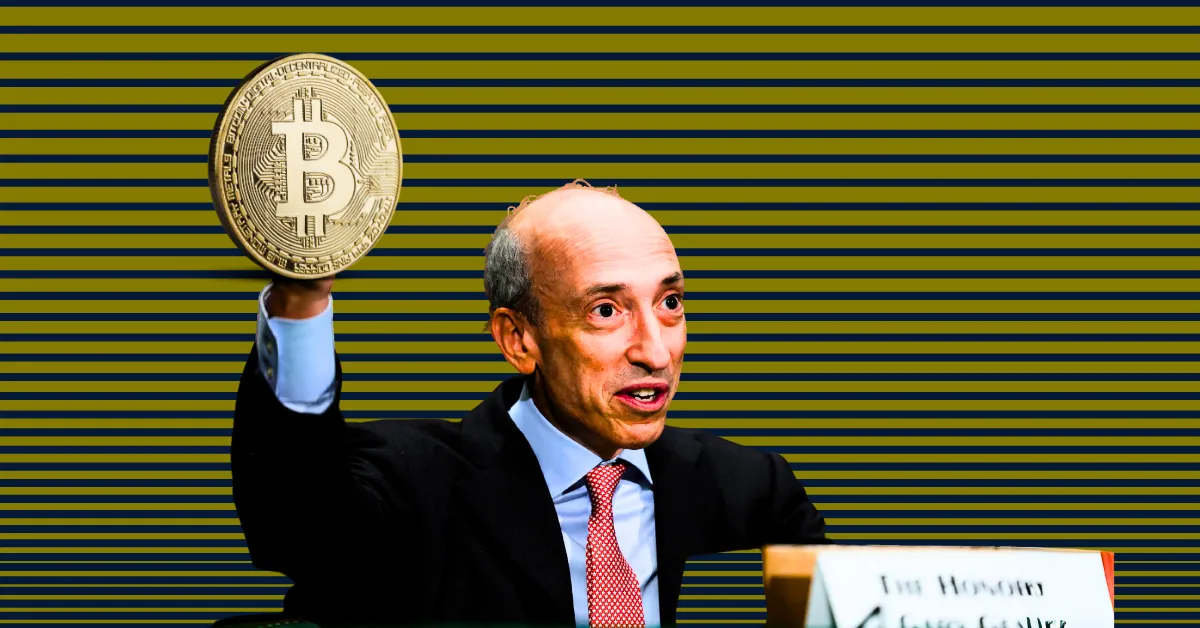
McHenry reveals Gary Gensler privately supported crypto despite his public crackdown.
Gensler’s stance reportedly shifted due to political pressure and Senate dynamics.
Industry backlash intensified as SEC actions pushed major crypto firms out of the U.S.
On the surface, gary gensler

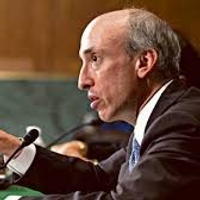
For years, the former SEC Chair was the face of regulatory crackdowns in crypto. But a recent revelation just flipped that narrative on its head. Turns out, what we saw in public might not tell the full story.
There’s a side of Gensler the crypto world never got to see.
Let’s break it down.
Mixed Messages Behind the Scenes
In a surprising twist, U.S. Representative Patrick McHenry dropped a revelation on the Crypto in America podcast this week: Gensler, the former SEC Chair known for his harsh stance on digital assets, may have secretly supported crypto all along.
“Did he come across, or was he as anti-crypto in private as he did in public?” McHenry was asked. His response: “No… Nope.”
According to McHenry, conversations with Gensler during his time in office were anything but straightforward. One moment he acknowledged the value of blockchain innovation, the next he was backpedaling or outright contradicting himself.
“Confusing” was the word McHenry used – and it’s not hard to see why.
Gensler’s academic past tells a different story. At MIT, he spoke positively about digital assets and even contributed to early airdrop concepts. But once he stepped into the SEC chair role in 2021, everything changed.
Enforcement Over Clarity
Under Gensler’s leadership, the SEC went on the offensive. From Coinbase and Binance to smaller crypto projects, the commission filed over 100 actions – many without offering a clear legal framework.
A 2025 academic paper titled “Uncertain Regulations, Definite Impacts…” broke it down: surprise enforcement moves led to major price drops – averaging a 5.2% dip in three days, deepening to 17.2% over 30 days. Investor confidence was often shattered.
Rather than clarifying how digital assets fit into existing laws, the SEC relied on the decades-old Howey Test, a framework not really built for decentralized tokens.
The result was a regulatory gray zone where crypto projects are either caught off guard or forced to flee the United States.
The Industry Fought Back
And flee they did. After repeated clashes with the SEC, several major crypto companies began shifting operations abroad.
Coinbase CEO Brian Armstrong cut ties with law firms connected to former SEC officials and accusing the agency of trying to “unlawfully kill” the industry. Gemini went a step further, announcing it would avoid hiring MIT grads unless the university removed Gensler from its faculty.
The backlash was real.
Two Faces, Two Legacies?
So which Gary Gensler is real? The blockchain believer from MIT, or the enforcer who hurt the crypto industry deeply?
Maybe it’s both.
As the U.S. crypto markets rebuild under a crypto-positive Trump administration, his legacy – love it or hate it – will shape the debate for years to come.
Never Miss a Beat in the Crypto World!
Stay ahead with breaking news, expert analysis, and real-time updates on the latest trends in Bitcoin, altcoins, DeFi, NFTs, and more.
FAQs
Gensler’s mixed legacy, balancing support for blockchain and harsh regulation, will continue to influence U.S. crypto policies under future administrations.
Gensler’s SEC enforcement led to price drops, market confusion, and many crypto firms moving operations abroad, creating a regulatory gray area.


